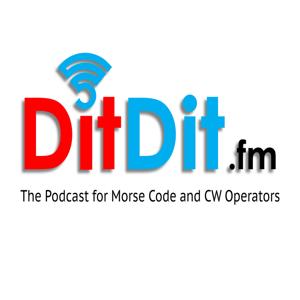We first heard about the Long Island CW Club back in the fall of 2018. After talking with the club's founders, Howard Bernstein, WB2UZE and Rich Collins, K2UPS, we featured the club in Episode #23 in January 2019. The club (actually it's a community of CW operators) is so unique and different in their approach to teaching Morse code and CW we thought we'd check in a year or so later to see what they've been up to.
In this follow-up episode, we welcome back Howard Bernstein, WB2UZE and two of the club's former students, Jim Crites, W6JIM and Stan Ferris, K7SBF, who are now teaching Morse code and CW to new club students. The club has grown tremendously in the past year and now offers some of the most unique and interesting CW courses not offered anywhere else. Join us as Howard, Jim, and Stan update us on all that's been happening with the Long Island CW Club!





















